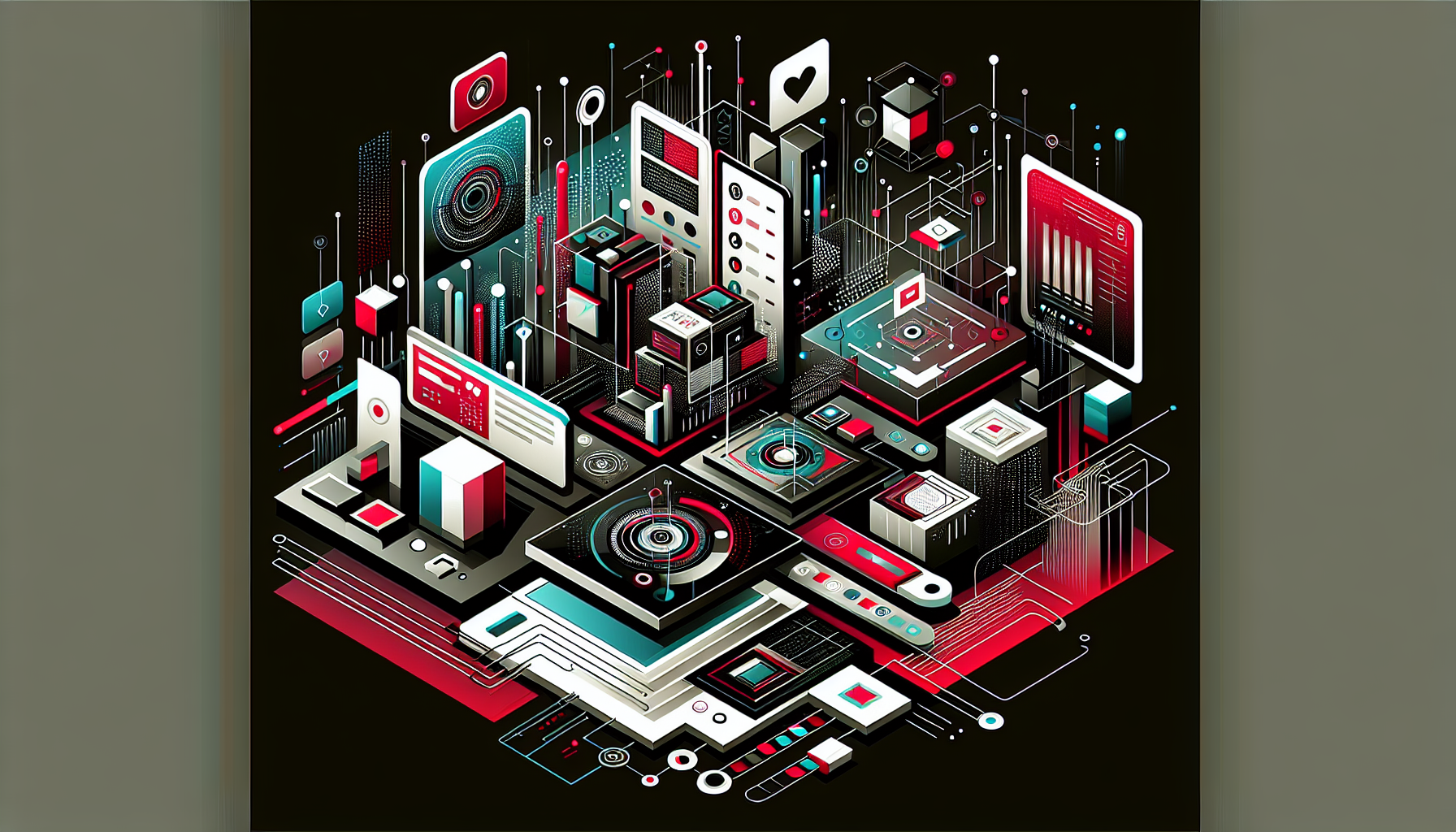The Role of Dark Mode in UX Design

Benefits of Dark Mode in UX Design
Reducing Eye Strain
Dark mode reduces the overall luminance emitted by device screens, especially in low-light environments. Studies suggest that lower brightness lessens eye fatigue, particularly during prolonged usage. However, the benefits are most noticeable in low ambient lighting; in bright environments, the effect is reduced.
Improved Battery Efficiency
On OLED and AMOLED screens, dark pixels consume less energy. Apps with predominantly dark interfaces can result in significant battery savings.
| Screen Type | Battery Impact of Dark Mode |
|---|---|
| LCD | Minimal |
| OLED/AMOLED | Significant (up to 60%) |
Enhanced Accessibility
Dark mode helps users with photophobia (light sensitivity) or certain visual impairments. It also supports those with specific reading disorders by offering better contrast options.
Challenges and Trade-offs
Legibility Issues
Poorly chosen color contrasts in dark mode can reduce text legibility. White text on pure black (#000000) can cause halation—an effect where the text appears to glow and blur, making reading uncomfortable.
Content Perception
Images and colored icons may appear differently in dark mode. Bright colors can seem overly vibrant, while others may lose definition.
Consistency and Branding
Maintaining brand consistency across light and dark themes requires careful selection of color palettes and assets.
Best Practices for Implementing Dark Mode
1. Use Appropriate Contrast Ratios
Follow the WCAG guidelines for contrast ratios (minimum 4.5:1 for normal text). Use off-white (#EAEAEA) text on dark grays (#121212) instead of pure black and white for better legibility.
2. Avoid Pure Black and White
Use dark grays for backgrounds and light grays for text to minimize eye strain and halation.
Example Palette:
| UI Element | Light Mode | Dark Mode |
|---|---|---|
| Background | #FFFFFF | #121212 |
| Primary Text | #212121 | #EAEAEA |
| Secondary Text | #757575 | #B3B3B3 |
| Accent Color | #1976D2 | #90CAF9 |
3. Adapt Images and Icons
Use transparent PNGs or SVGs for icons, and ensure they have sufficient contrast on both themes. Provide alternate assets if necessary.
4. Contextual Theming
Detect user’s system preference via media queries and allow in-app toggling.
CSS Example:
@media (prefers-color-scheme: dark) {
body {
background: #121212;
color: #EAEAEA;
}
}
5. Test Readability and Usability
Test dark mode under various lighting conditions with real users. Use accessibility tools to verify contrast and color choices.
Technical Implementation Tips
Web (CSS Variables and Media Queries):
:root {
--background: #FFFFFF;
--text: #212121;
}
@media (prefers-color-scheme: dark) {
:root {
--background: #121212;
--text: #EAEAEA;
}
}
body {
background: var(--background);
color: var(--text);
}
Mobile (iOS Example):
- Use system colors (e.g.,
UIColor.label,UIColor.systemBackground) that automatically adapt to theme. - In asset catalogs, provide light and dark variants.
Android Example:
– Use Theme.MaterialComponents.DayNight to auto-switch themes.
– Store colors in colors.xml with night resource qualifiers.
When to Offer Dark Mode
| Scenario | Recommendation |
|---|---|
| Productivity Apps | Strongly recommended |
| Media/Reading Apps | Essential |
| E-Commerce | Optional |
| Branding-Critical Experiences | Careful evaluation |
| Health/Medical Apps | User-controlled |
Summary Table: Dark Mode UX Considerations
| Aspect | Light Mode | Dark Mode | Actionable Tip |
|---|---|---|---|
| Readability | High in bright light | High if contrast is managed | Use dark gray backgrounds, off-white text |
| Battery Usage | Higher on OLED | Lower on OLED | Prefer dark mode for OLED devices |
| Accessibility | May cause eye strain | Can help light-sensitive users | Offer toggle, test with real users |
| Branding | Straightforward | Needs careful adaptation | Design brand assets for both themes |
| Color Usage | No color distortion | Possible color distortion | Test and adapt images/icons as needed |
Key Takeaways for UX Designers
- Always provide both light and dark themes when feasible.
- Respect user and system preferences.
- Prioritize contrast, accessibility, and brand cohesion.
- Continuously test and iterate based on user feedback and real-world usage.





0 thoughts on “The Role of Dark Mode in UX Design”